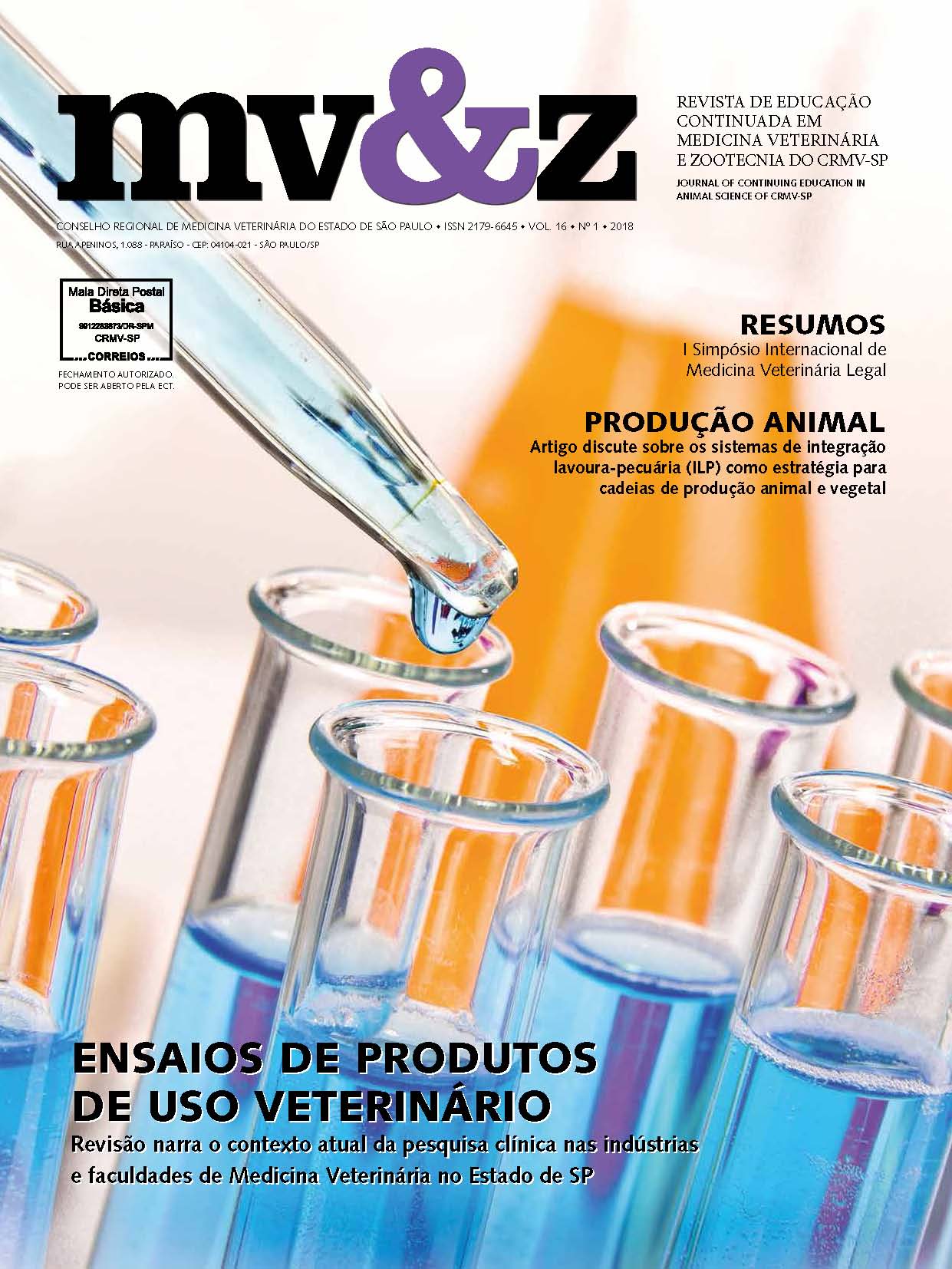A. Matsui
Universidade Estadual Paulista, Faculdade de Ciências Agrárias e Veterinária, Jaboticabal, SP
M. S. Rubio
Universidade Estadual Paulista, Faculdade de Ciências Agrárias e Veterinária, Jaboticabal, SP
L. B. Rodrigues Alves
Universidade Estadual Paulista, Faculdade de Ciências Agrárias e Veterinária, Jaboticabal, SP
M. Galo
Universidade Estadual Paulista, Faculdade de Ciências Agrárias e Veterinária, Jaboticabal, SP
R. O. Vasconcelos
Universidade Estadual Paulista, Faculdade de Ciências Agrárias e Veterinária, Departamento de Patologia Veterinária, Jaboticabal, SP
A. Berchieri Junior
Universidade Estadual Paulista, Faculdade de Ciências Agrárias e Veterinária, Departamento de Patologia Veterinária, Jaboticabal, SP
Resumo
The concept of stress was introduced by the German physiologist Hans Seyle in 1936, but it is still today a controversial topic among those involved with animal production, even to scientific community, probably due to the delicate relation between stress and animal welfare (BROSSI et al., 2009). The consumer market, national and international, is increasingly demanding to humanitarian breeding issues, mainly in relation with animal welfare that include from thermal comfort to environmental preservation (CORDEIRO et al., 2010). Since 1992, the Farm Animal Welfare Council (FAWC) conceptualizes the animal welfare as a physical and mental status with entitlement to the “five freedoms”: 1) Freedom from hunger and thirst; 2) Freedom from discomfort and being housed in appropriate environment; 3) Freedom from pain, injury and disease; 4) Freedom to express normal behaviour; 5) Freedom from fear and distress. The animal welfare is the sum of each of these freedoms, as in that way evaluates comprehensively all the factors that interfere with the animal’s quality of life (LUDTKE; GREGORY; DALLA COSTA, 2010). The heat stress, as example, is considered one of the reasons of welfare decrease, as well as the increase of economic losses by productive decrease or animals’ death, being the outcome of the combination of broiler heat and humidity production, vehicle ventilation and weather conditions (BHANDARE; SHEARD, 2010). At ambient temperatures up to 21ºC, the heat sensitive losses by radiation process, conduction and convections predominate; still at high temperatures, the main rote of heat dissipation is the respiratory evaporation (BROSSI et al., 2009). Birds normally respond to stress with physiologicals and behaviours changes and death, being that when the stress is acute, mainly occurs an increase in catecholamines’ levels, such as adrenalin and noradrenalin (BHANDARE; SHEARD, 2010).
